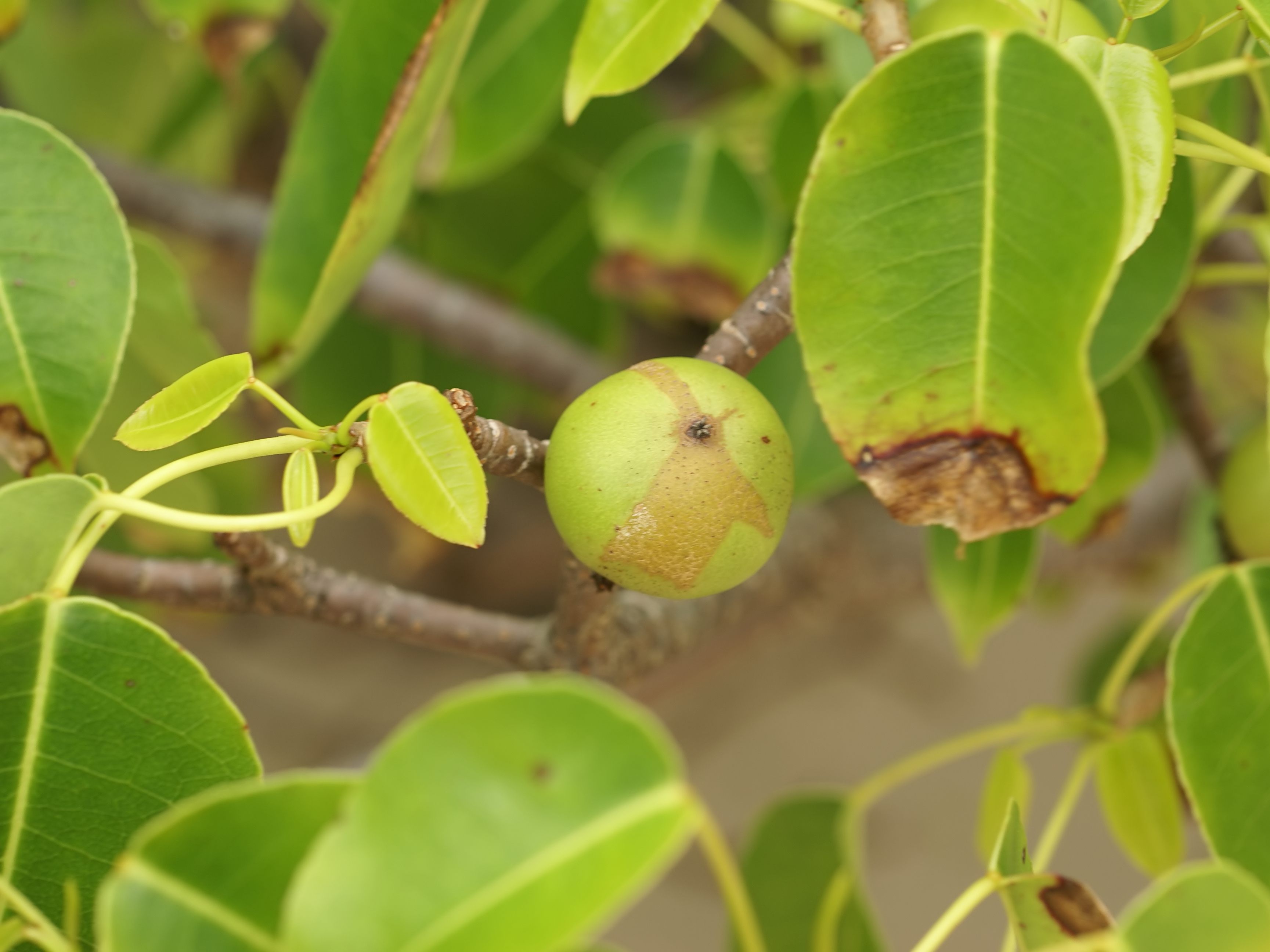Nature's abundant beauty often conceals a darker side, with some plants harboring potent toxins or possessing physical attributes that can be harmful to humans. They may look harmless enough, but plants can harbor some of the most deadly poisons known. From the death of Socrates by poison hemlock to the accidental ingestion of deadly nightshade by children, poisonous plants have been responsible for human deaths throughout history. You can identify some of the world's most dangerous plants below.
Deadly Nightshade (Atropa belladonna)
According to legend, Macbeth’s soldiers poisoned the invading Danes with wine made from the sweet fruit of deadly nightshade. Its glossy black berries may resemble tempting treats, but their ingestion can prove fatal.
 (Source: britannica.com)
(Source: britannica.com)
A native of wooded or waste areas in central and southern Eurasia, deadly nightshade has dull green leaves and shiny black berries about the size of cherries. Within the plant, a potent mix of tropane alkaloids lurks, causing paralysis in the involuntary muscles of the body, including the heart.
Oleander (Nerium oleander)
The Oleander plant, or Nerium oleander, graces many gardens with its brilliant blossoms but hides a dangerous secret beneath its attractive exterior. Though commonly grown as a hedge and ornamental, all parts of the oleander plant are deadly and contain lethal cardiac glycosides.
:max_bytes(150000):strip_icc()/oleander-growing-guide-5203845-hero-1c7b04b040a6408e8056db1e98ea3ada.jpg) (Source: thespruce.com)
(Source: thespruce.com)
Cardiac glycosides present in its leaves stems, and flowers render it a perilous botanical specimen. If eaten, oleander can cause vomiting, diarrhea, erratic pulse, seizures, coma, and death, and contact with the leaves and sap is known to be a skin irritant to some people.
Indeed, the toxins in oleander are so strong that people have become ill after eating honey made by bees that visited the flowers! Fortunately, fatalities from oleander poisoning are rare, as the plant is very bitter and thus quickly deters anyone from sampling the vegetation.
Manchineel (Hippomane mancinella)
Beware the Manchineel tree, aptly dubbed "little apple of death" Found in coastal regions, this innocent-looking tree possesses a sap, leaves, and fruit teeming with a highly toxic substance. Merely standing beneath the Manchineel during rainfall can cause excruciating skin burns and severe eye irritation.
 (Source: Wikipedia)
(Source: Wikipedia)
A poultice of arrowroot (Maranta arundinacea) was used by the Arawak and Taíno as an antidote against such poisons. The Caribs were known to poison the water supply of their enemies with the leaves. Spanish explorer Juan Ponce de León died shortly after an injury incurred in battle with the Calusa in Florida—being struck by an arrow that had been poisoned with manchineel sap.
Castor Bean (Ricinus communis)
The plant has scientifically referred to as Ricinus communis, lies a perilous secret: ricin. This lethal toxin resides within the plant's seeds, which resemble innocuous beans. Ricin operates by impeding the cellular synthesis of proteins, leading to grave consequences such as severe vomiting, diarrhea, seizures, and potentially fatal outcomes.
:max_bytes(150000):strip_icc()/castor-bean-plants-tall-toxic-and-tropical-4125675_02-b63feb35674f4267bf358b71257a6850.jpg) (Source: thespruce.com)
(Source: thespruce.com)
Notably, this lethal toxin was infamously employed in 1978 to assassinate Georgi Markov, a prominent journalist who openly criticized the Bulgarian government. Furthermore, there have been instances where Ricin was sent via mail in unsuccessful terrorism endeavors targeting various U.S. politicians.
However, it is worth mentioning that the majority of fatalities attributed to Ricin stem from accidental ingestion by children and pets.
Gympie-Gympie (Dendrocnide moroides)
Hailing from the Australian continent, the Gympie-Gympie plant, also known as Dendrocnide moroides, possesses a deceptive allure. It has been recorded as the cause of death in dogs, horses, and even humans.
:max_bytes(150000):strip_icc()/GettyImages-1302708826-b700cd32d5c14084a92ea608d901194b.jpg) (Source: thespruce.com)
(Source: thespruce.com)
All parts of the plant are poisonous, except for the roots. The whole plant is covered with fine hairs shaped like needles. You only need to accidentally touch lightly to be affected, after these feathers enter their body they will release the toxin moroidin.
Victims who come into contact with the Gympie-Gympie experience excruciating pain that can persist for months. Allergic reactions and even psychological distress have been reported. One case is recounted: An officer, because he did not know, after using the leaves to clean, could not stand the pain and was forced to commit suicide.
Join SciShow's Michael Aranda for a look into the top 10 deadliest plants, and find out just how toxic they are to humans and animals.
Watch more :